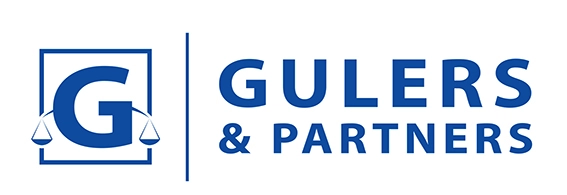G1/23 – New Referral Relating to the Assessment of the Products on the Market as Prior Art
On 29 June 2023, the Board of Appeal of the case T0438/19 referred questions to the Enlarged Board of Appeal (EBoA) with a number G1/23. The case relates to the exclusion of a product on the market from the state of the art, for the sole reason that its composition or internal structure could not be reproduced by the skilled person without undue burden before that date.
The case T0438/19 causing the referral is the appeal proceedings of European patent EP2626911B1 which is about a material suitable as an encapsulating material for solar cell comprising an ethylene/alpha-olefin copolymer. The claim is as follows:
“1. A material suitable as an encapsulating material for solar cell, which comprises an ethylene/alpha-olefin copolymer which has:
(a1) a content of 80-90 mol% of structural units derived from ethylene and 10-20 mol% of structural units derived from C3-20-(alpha-olefin);
(a2) a MFR of 10-50 g/10 minutes, measured according to ASTM Dl238 at 190°C and under a load of 2.16 kg;
(a3) a density of 0.865-0.884 g/cm**(3), measured according to ASTM D1505;
(a4) a shore A hardness of 60-85, measured according to ASTM D2240; and
(a6) [sic] a content of aluminum element of from 10 to 500 ppm.”
An ethylene-octene polymer ENGAGE® 8400 which was commercially available before the effective date of the patent, is accepted as disclosing all of the properties claimed, with the exception of the content of aluminum element. Accordingly, the polymer ENGAGE® 8400 is considered by the Opposition Division as the closest prior art for the assessment of the inventive step.
However, the patent applicant had objected that ENGAGE® 8400 could not be considered as a prior art because the skilled person was not able to produce the polymer “without knowing the synthesis conditions, in particular the specific catalysts and reaction conditions requiring an extensive research programme, for which success is not even guaranteed. The need to perform such a research programme would represent an undue burden.” The patent applicant’s argument relies on the opinion G1/92 which dealt with the availability of the chemical composition of a product to the public as follows:
“1. The chemical composition of a product is state of the art when the product as such is available to the public and can be analyzed and reproduced by the skilled person, irrespective of whether or not particular reasons can be identified for analyzing the composition.
2. The same principle applies mutatis mutandis to any other product”.
Accordingly, the patent applicant had argued that ENGAGE® 8400 had not been made available to be public at the effective date of the patent.
However, the BoA concluded that different approaches exist with regard to the application of G1/92 and that there is a legal uncertainty when it comes to assessing what constitutes state of the art within the meaning of Art. 54(2) EPC in relation to a commercially available product. As the patentability of the patent in dispute depends on the acceptance of the product ENGAGE® 8400 as a prior art, the clarification of the application of G1/92 is needed. At this point, the BoA referred the following questions to the EBoA:
1. Is a product put on the market before the date of filing of a European patent application to be excluded from the state of the art within the meaning of Article 54(2) EPC for the sole reason that its composition or internal structure could not be analysed and reproduced without undue burden by the skilled person before that date?
2. If the answer to question 1 is no, is technical information about said product which was made available to the public before the filing date (e.g. by publication of technical brochure, non-patent or patent literature) state of the art within the meaning of Article 54(2) EPC, irrespective of whether the composition or internal structure of the product could be analysed and reproduced without undue burden by the skilled person before that date?
3. If the answer to question 1 is yes or the answer to question 2 is no, which criteria are to be applied in order to determine whether or not the composition or internal structure of the product could be analysed and reproduced without undue burden within the meaning of opinion G 1/92? In particular, is it required that the composition and internal structure of the product be fully analysable and identically reproducible?
Now, the answers to these questions and its impacts are waited. It is expected to get the answers next year at the earliest.
Tagged with: Deris Attorney-at-Law Partnership, Başak Yiğiter, Intellectual Property



















































 Successful
Successful